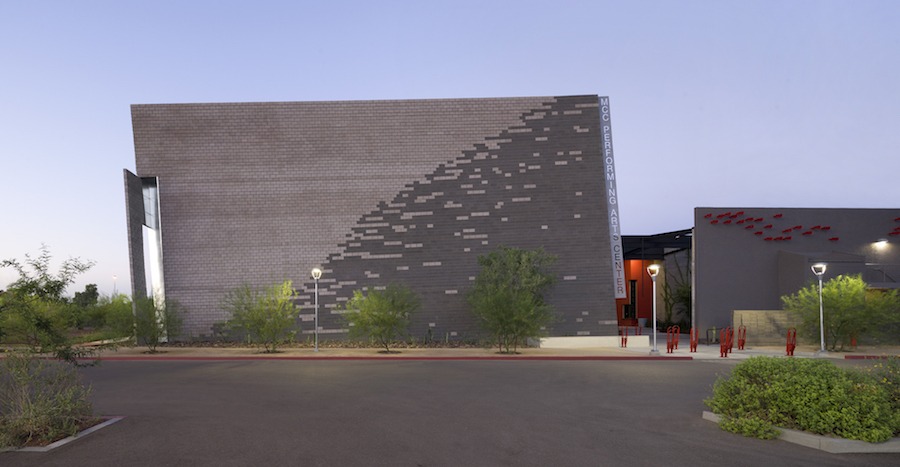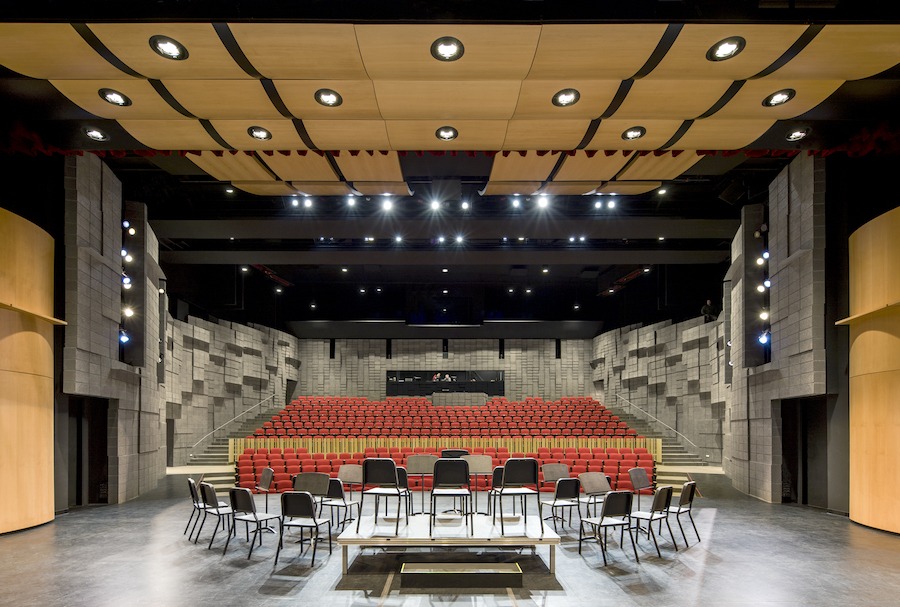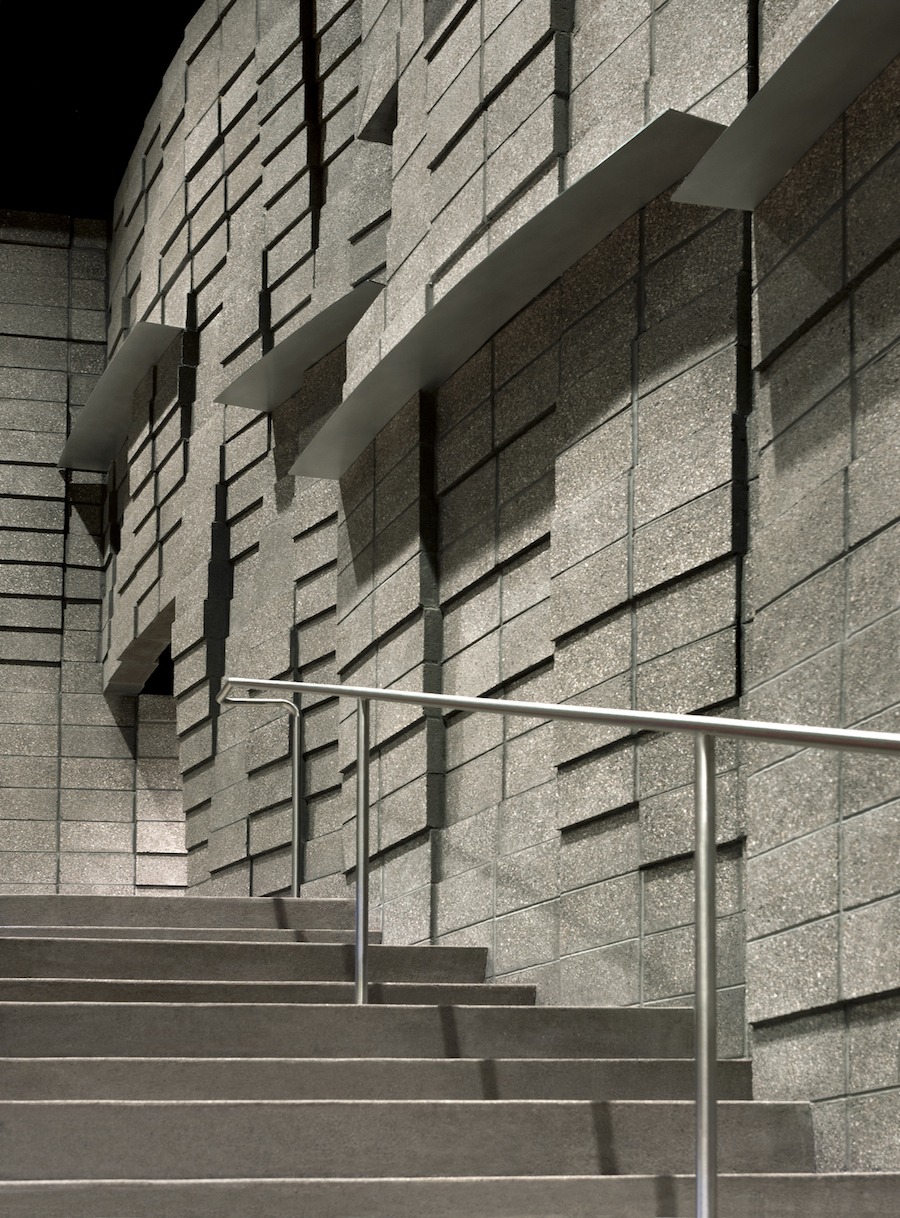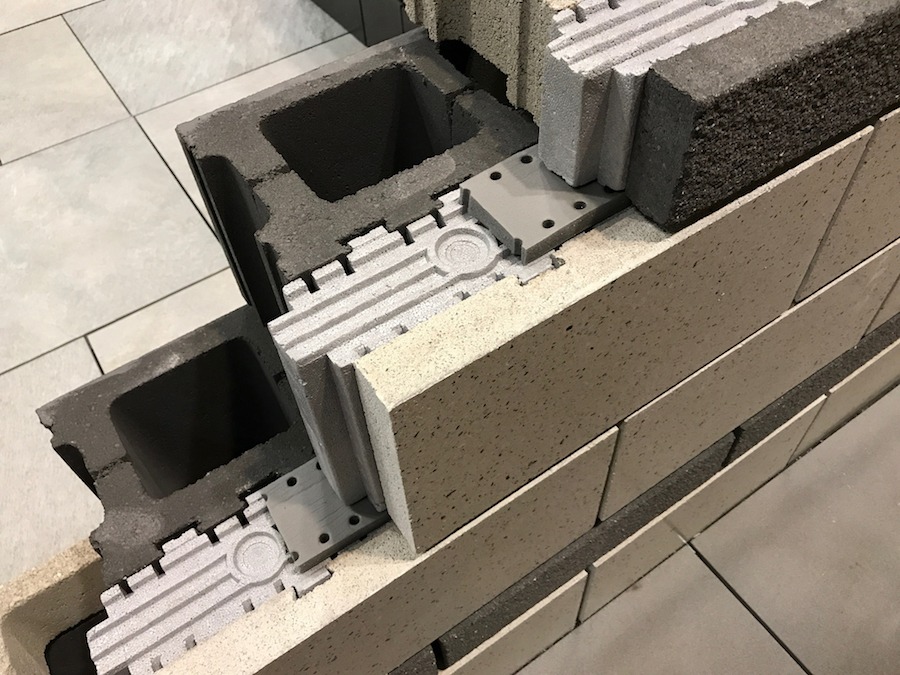The statistics in terms of loss of life and property from fire damage are staggering in early U.S. cities. The Boston fire in 1872 forced dozens of insurance companies into bankruptcy. The great Chicago one year earlier left 90,000 people homeless. In San Francisco in 1906, some 25,000 buildings across nearly 500 city blocks were ravaged by flames. Peshtigo, Wisconsin. Texas City, Texas. And more.
The combination of wood and flammable building materials and poor firefighting capabilities for large infernos set the stage for such destruction. Brick structures were plentiful, but the building industry turned a major corner when Portland cement was introduced, and about 25 years later, in 1900, Concrete Masonry Units (CMUs) became mass-produced. Unlike wood, these new building blocks offered minimal maintenance along with fire, moisture and insect resistance. In addition, cities embraced the bright idea of instituting building codes – or more strict ones – to protect life and property and preserve their entire communities.
The size alone of concrete blocks was appealing, as builders did not need as many as their smaller brick counterparts, and they offered a significantly more uniform assembly than stones. Labor, material and time were reduced on job sites, even back then. Sears Roebuck got into the action with machines for making blocks to build a house to accompany their popular series of kit homes.
“Necessity, who is the mother of invention,” is attributed to the Greek author and philosopher Plato, and his words have proven true myriad times over. Innovative people have examined problems, like cows not producing as much milk when they’re too warm, with an eye toward creative solutions. EchelonTM, the masonry division of Oldcastle Architectural, embraces the philosophy that “efficiency starts with innovation,” as the company has positioned itself as one of the leaders in masonry products and solutions.
The humble concrete block is prized for its strength, simplicity and versatility, but there’s always the drive for a better mousetrap, and CMU innovation, design and production are no exception.
Block Innovation
Mesa Community College’s new 462-seat Performing Arts Center, previously featured in Masonry’s February issue, is but one example of using masonry for its acoustical properties. According to Echelon’s press release: “The theater is embedded in masonry supplied by Oldcastle Architectural’s Echelon brand, where unique Trenwyth Trendstone walls in the Black Canyon color pattern support symphony, choir, band, jazz, percussion and vocal performances. Comprising the center’s inner and outer shell, masonry was chosen to not only enhance aesthetics, but also acoustics.
For example, the architectonics of the new performance hall were defined by an exterior shell consisting of exposed masonry and raked, unpainted cement stucco over metal stud framing, while Echelon’s Trendstone ground-face masonry units were strategically bumped from the interior walls to better reflect theater sound.”
Acoustics vary depending on a building’s size and use, as well as if one is trying to block sound entering from adjacent spaces or tone down sound within a room. Echelon’s Acousta-Wal® sound-absorbing masonry units can control sound emission as the product is uniquely designed to absorb sound at all frequencies.
Echelon’s InsulTechTM Concrete Masonry System, in half-high and full-high products, also has an acoustical comfort as well as energy efficiency and moisture management in a completely pre-assembled system. They include a high performance insulation inset and thin veneer, which can
provide a 16.2 R-Value at 75ºF. “We are really excited about this,” states John Cicciarelli, National Masonry Product Manager for Oldcastle Architectural, under which the Echelon brand resides. “It’s a single-wide wall system, but it provides great water management and R-value. There is a water/vapor barrier, which is important, because it allows water and moisture to migrate through and not collect in the walls. There are three inches of insulation in the construction of the product.”
ProBlock is a patented Concrete Masonry Unit available from more than 30 distributors and licensees across the country. More than five years of research and development have gone into this new, unique CMU unit which demonstrates increased energy efficiency, safety and productivity in both the manufacturing process and installation by masons. “While a familiar shape, ProBlock is a totally new type of Concrete Masonry Unit that is the lightest, best balanced, easiest and safest-to-lay block,” states Jody Wall, Director of Research and Development at Stalite, Inc. “Additionally, it exhibits exceptional energy performance and cost saving characteristics.”
ProBlock provides newly optimized shapes and configurations, the balanced “A” block and knock-out “H” design, which can be produced in full and half-high units and a variety of colors and finishes. “ProBlock has been engineered so that the center of gravity is where it should be — in the center web of the block,” explains Ryan Shaver, the bona fide mason who worked with the development team and serves as National Director of Sales and Training. “The finished result is a block that feels balanced in the hands of the mason. Most open-end CMU’s are imbalanced and can be troublesome to handle and even contribute to injuries because the center of gravity is not actually located at the true center of the mass. Due to its open-end design, ProBlock is up to 44% lighter in weight compared to a standard CMU. Lighter blocks are easier to handle and quicker to install. This cuts construction schedules, saves on shipping cost and supports better project scheduling.”
Block vs. Brick
Bricks have been around a lot longer than block, and there is an aesthetic value to brick that evokes warmth, character and classic appeal. Cicciarelli concurs: “Some people like the look of clay brick. It has a type of warmth to it. [However] brick generally requires a cavity wall construction — a block back up and then the brick veneer. It may be the best wall system because it has the best water drainage and a high R-value for energy savings. The best Cadillac or BMW [grade] wall system out there is the cavity wall – [block] structural block wall and a brick back up, but it’s also the most expensive because you are building two walls.”
Wall expands on the comparison: “Solid masonry — block or brick — provides the best fire resistance and sound and noise attenuation, along with reduced maintenance for longer life-cycle performance. But solid concrete masonry,” he continues, “can also:
- more easily adapt to formal design requirements,
- provide an assortment of special shapes,
- offer richness and variety in color and texture,
- be easily adapted to meet structural requirements,
- and, with ProBlock concrete masonry, the decision for enhanced thermal performance, unsurpassed scheduling and cost competitiveness can be realized.”
Another possible consideration, Cicciarelli points out, is strength. “Block masonry as a structural component is a stronger product and viewed as more durable.”
ProBlock represents a new standard starting with the development of the mix design utilizing Stalite lightweight (expanded slate) aggregate, the introduction of new (tapered) geometries to the block shape, weight and physical material distribution allowed under C-90 standards, to the “knock-out” features that delivers a highly functional, “H” shape unit.
Designer and Architect Specifications
With all the building materials and options available, it’s a challenge to the masonry production companies to vie for their products in lieu of wood, glass, polycarbonate, metal, fiberglass, thatch, foam, gypcrete and more. The “green” movement steers many away from petroleum-based and synthetic materials, and there’s not much more sustainable made from natural products than blocks and bricks.
Among the advantages, at the risk of being redundant, are:
- fire resistance
- cost (up front and ongoing maintenance)
- design flexibility in terms of style, color, texture
- integral water repellant qualities
- acoustical value
- insulation properties
- potential reduced insurance rates
- durability
- structural integrity
- production time
“Mason contractors don’t usually select the block,” explains Cicciarelli. “Typically the way it works is that an owner chooses an architect to design their building, and the architect may or may not have an idea of what materials they’re going to use. If they decide on masonry for the building, then, in most cases, he has a pretty good idea of the local manufacturer(s). They specify it in the plans. And the mason contractor bids it for material and labor. So, the masons pretty much know what to order and install.”
Shaver notes, “brick and block are complementary building materials and can be specified to work in concert together or as independent materials or systems as the design dictates. It is, however, important to highlight the specific differences between solid masonry and veneers. Basically, the load bearing masonry system eliminates the cost of the frame because the structure is also the enclosing wall, i.e., solid masonry holds up the building and can serve as a final finish with a variety of additional benefits. It is a matter of the choice in systems, final finish, wall design and performance intent when making a decision of material or system.”
ProBlock gives the mason a completely new outlook on how to approach a CMU installation. It allows them to lay 8”, 10” and 12” units one-handed and reduces the total weight that they ultimately lift on a daily basis. ProBlock will enable a mason to more efficiently calculate and estimate daily production numbers and allow them the flexibility needed to work around an array of vertical uprights in the wall.
Oldcastle Architectural is a $15 billion company with manufacturing facilities throughout North America. “We’re the largest masonry manufacturer in the country,” says Cicciarelli. “We make plain gray block, colored smooth face, split face, ground face, polished face – in a nutshell, we manufacture every type of structural and veneer masonry product available in the market.”
“We [in the masonry industry] need to be creative and think of ways to compete with different wall systems that have taken away some of our market share,” Cicciarelli concedes. “We need to do a better job as an industry, and I think vendors and companies like Oldcastle are trying to educate general contractors, architects and owners by letting them know the great advantages of masonry and that we are addressing energy code issues that contractors are facing.”
It’s thinking outside the block that will keep the masonry block products front and center of building projects. When Echelon products were selected for a new sheriff’s office in Gainesville, Georgia, the designers were challenged with creating something new that blended comfortably with a modern concrete and glass Government Center, yet embraced its own identity. Since it was being paid for by a special purpose sales tax, the budget was a prime issue as well.
Oldcastle Architectural’s Echelon brand of polished-face architectural block, multi-colored split face block and brick veneer were chosen. “Echelon really helped by coming to the table with a selection of quality, yet economical, block options,” says Doug Straughan, a principal partner at the architectural firm Hussey Gay Bell. “Their representatives worked closely with our client to present a wide variety of samples and options. This flexibility and creativity allowed us to produce a high-profile, terrazzo-look, but at a block-type price. The Echelon team assisted in the selection of grout colors that matched the brick and split face and worked closely with the contractor.”
The ProBlock innovation is more than just a new line of “A” block, but an entirely new concept for a Concrete Masonry Unit. Developed by and with the mason and project in mind, ProBlock brings new efficiencies to how concrete masonry is manufactured, delivered, handled and installed. The ProBlock design was engineered to eliminate blowouts when grouting the wall system.
With these and other innovative concepts in Concrete Masonry Units being studied, pursued and developed, reputable architects and designers, along with the construction industry as a whole, will continue to seek out the superior benefits of CMU building blocks in structures all over the U.S. and beyond.
Words: Joanne M. Anderson
Photos: Bill Timmerman, Echelon, ProBlock
Joanne M. Anderson is a freelance writer and magazine editor with more than 1,000 articles and blogs in print. She especially enjoys home improvement and building topics. www.jmawriter.com
SIDEBAR QUOTE:
Building stuff. Lifting blocks. That’s how I got stronger. I never lifted weights. I just did masonry work with my pops.
~ J.R. Smith, professional basketball player.



